From Data to Action - Mastering Measurement in Destination Management
You probably know or have lived this scenario - you need to develop a Destination Management Plan or a Visitor Strategy and you need data to understand what's been happening or to know where your destination has come from. But collecting comprehensive outcome data is one area that you just haven’t got to or really don’t know what you need to measure beyond the traditional tourism data.
If you work in destination management, data is the one area that we all know we need to do better and be better at collecting, tracking, analysing it and reporting on it. But we know that it can be the one area that is avoided like the plague, hand balled to the data team (if you are lucky to have one) or rely on snapshot reports that are ready prepared but with a nervousness to ask why or what does it actually mean?
When we don’t measure, reflect and act on performance regularly, how do we know if our strategy and plans are working or if course correction is needed? What are we using to inform us to develop a better strategy and plan next time that hits the bullseye of all performance metrics?
When we don’t measure, reflect and act, it’s difficult to tell a comprehensive story to inform stakeholders and build true advocacy and partnerships with them.
When we don’t measure, reflect and act, we can never really understand what our destinations really need and we end up with another strategy with more motherhood statements that make it hard to deliver actions that make a real difference. How many times have you read that an area is the food bowl for example?
Before diving into measuring and tracking and moving towards regular and consistent data collection, keep these three golden rules in mind:
Define What Matters - Set clear measurement goals that align with your destination’s strategies and desired outcomes. Without clarity, you risk wasting time and resources. Even if you’re new to this, start small and gradually build your data points.
Be Clear on Your Questions (and your answers!) - Know what you’re trying to understand and why. Identify your key audiences for reporting and tailor your messages to each one. Focus on storytelling rather than overwhelming your audience with charts and figures. This approach will foster collaboration and advocacy.
Identify Key Metrics - Recognise that you can't collect every data point due to time and resource constraints. Prioritise measures that help you understand the economic, social, and environmental impact of your destination and help in future planning. Local councils with broader economic development portfolios may not have dedicated insight teams. Forming partnerships with local businesses and using traditional economic data alongside tourism data can provide valuable insights and a more complete picture.
What to measure
Economic Impact: Beyond visitor spending, consider metrics such as employment impact (number of jobs created), business impact (income for local businesses, occupancy rates), and secondary economic effects from tourism. These measures can help confirm trends that you may be seeing in traditional tourism data.
Social Impact: Regularly measure the cultural impact of tourism, including both positive and negative effects on cultural preservation. Assess lifestyle changes and community well-being, especially in regions facing overcrowding. For example, new infrastructure can improve facilities and services for both residents and visitors and you should capture these benefits. Remember also the employment equity in the visitor economy; seasonal or part-time jobs can lead to reduced equity.
Environmental Impact: Most local governments track resource consumption and waste management. Start looking at these metrics from a destination perspective. Measure current consumption at visitor centres and waste production at popular destinations for example. This data can help educate visitors and drive improvements.
For those new to social impact measurement, the ‘National Well-being Framework: Measuring What Matters’ outlines the metrics the Australian Government uses to gauge outcomes around well-being and may give you some broader outcomes to align to. Additionally, programs like the Strive 4 Sustainability Scorecard can guide your sustainability journey by highlighting areas for improvement.
To keep with the rules of three, here are three to get you started after you’ve answered your golden rule questions.
Set up a simple data measure framework. Think about what matters to your destination and start collecting and collating data on them. Articulate what you want to measure, how you are going to measure and what improvements (if relevant) that you’d like to see. Don't forget to add who is going to help you get there and link them in on the journey. Which leads us to…
Collaboration. Sometimes the best data you can collect needs to come from someone else. For example, understanding what's really happening for your industry is really important to understand. This is especially important when there is a crisis or natural disaster and you need to show impacts that this has had on industry. You need to have historical data to draw on for advocacy. Reach out and ask - that's the first step. But also think about who within other organisations (even your own) have data or data knowledge they can share.
Build a data dashboard. It really isn’t as complex as it sounds. Excel is a great place to start to capture your data and turn it into graphs easily that you can share.
Remember, every measurement journey starts somewhere. Pick a few key metrics and start collecting data. If you have any questions or need assistance, we’re here to help you continuously improve and teach you how to do it so you have the skills and confidence.

